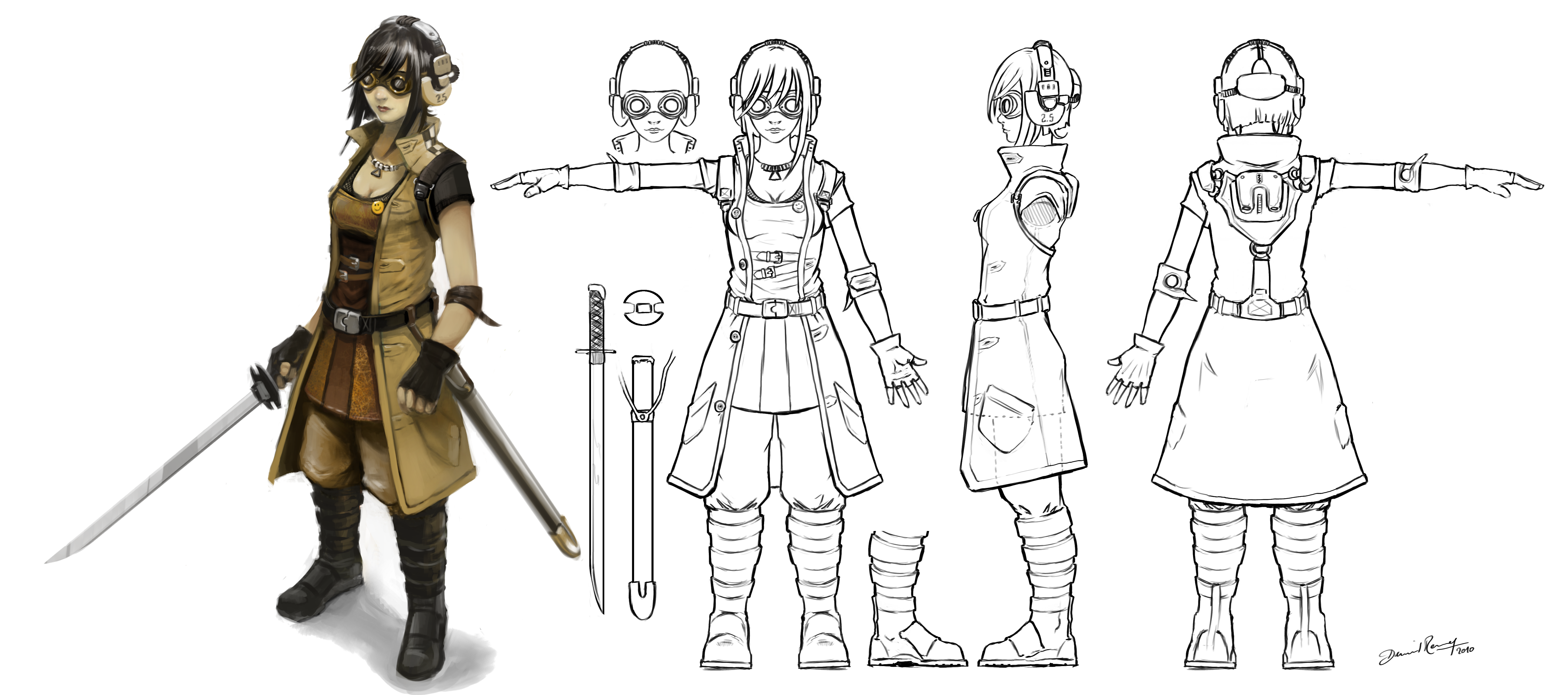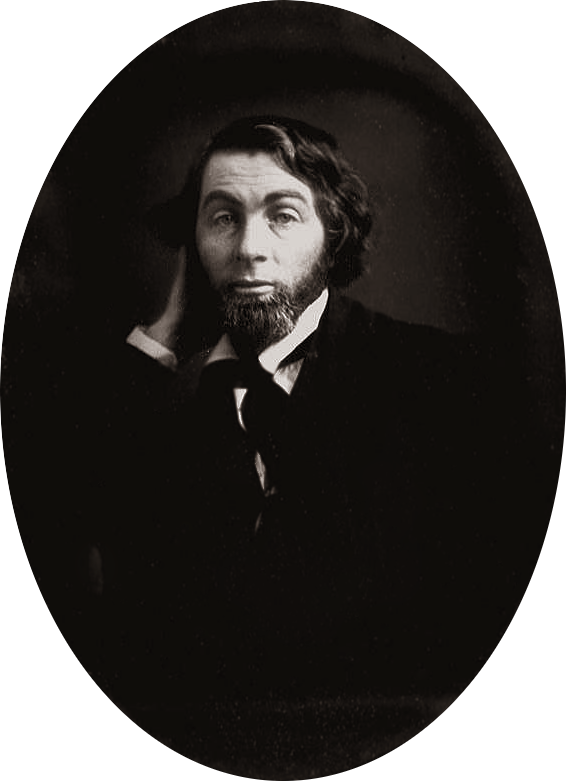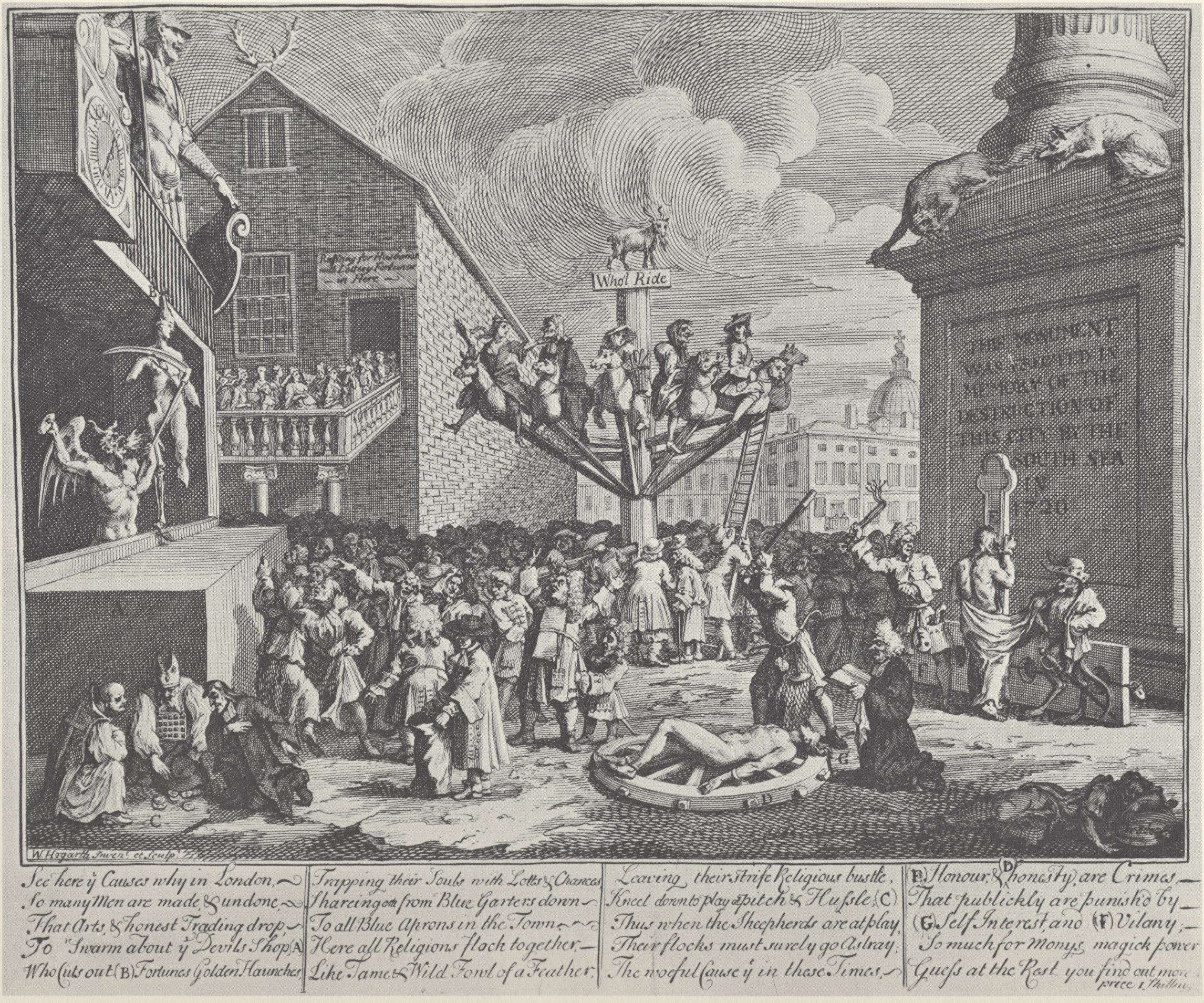|
Character Sketch
In literature, a character sketch, or character, is a rough-and-ready rendering and thumbnail portrayal of an individual, capturing, in brief, that person's physical characteristics, psychological attributes, and the like. The brief descriptions often capitalize on the more unusual or humorous aspects of the person's character. Character sketches are usually identified by irony, humor, exaggeration, and satire. The term originated in portraiture, where the character sketch is a common academic exercise. The artist performing a character sketch attempts to capture an expression or gesture that goes beyond coincident actions and gets to the essence of the individual. The first English writer to delve into the form, Joseph Hall, published his book ''Characters of Virtues and Vices'' in 1608. However, the character sketch didn't become popular amongst the literate public until the late-seventeenth century. The public appreciated sketches for their humor and readable style. As Pa ... [...More Info...] [...Related Items...] OR: [Wikipedia] [Google] [Baidu] |
Literature
Literature is any collection of written work, but it is also used more narrowly for writings specifically considered to be an art form, especially prose fiction, drama, and poetry. In recent centuries, the definition has expanded to include oral literature, much of which has been transcribed. Literature is a method of recording, preserving, and transmitting knowledge and entertainment, and can also have a social, psychological, spiritual, or political role. Literature, as an art form, can also include works in various non-fiction genres, such as biography, diaries, memoir, letters, and the essay. Within its broad definition, literature includes non-fictional books, articles or other printed information on a particular subject.''OED'' Etymologically, the term derives from Latin ''literatura/litteratura'' "learning, a writing, grammar," originally "writing formed with letters," from ''litera/littera'' "letter". In spite of this, the term has also been applied to spoken or s ... [...More Info...] [...Related Items...] OR: [Wikipedia] [Google] [Baidu] |
Richard Steele
Sir Richard Steele (bap. 12 March 1672 – 1 September 1729) was an Anglo-Irish writer, playwright, and politician, remembered as co-founder, with his friend Joseph Addison, of the magazine ''The Spectator''. Early life Steele was born in Dublin, Ireland, in March 1672 to Richard Steele, a wealthy attorney, and Elinor Symes (''née'' Sheyles); his sister Katherine was born the previous year. He was the grandson of Sir William Steele, Lord Chancellor of Ireland and his first wife Elizabeth Godfrey. His father lived at Mountown House, Monkstown, County Dublin. His mother, of whose family background little is known, was described as a woman of "great beauty and noble spirit". His father died when he was four, and his mother a year later. Steele was largely raised by his uncle and aunt, Henry Gascoigne (secretary to James Butler, 1st Duke of Ormonde), and Lady Katherine Mildmay. A member of the Protestant gentry, he was educated at Charterhouse School, where he first met Add ... [...More Info...] [...Related Items...] OR: [Wikipedia] [Google] [Baidu] |
Model Sheet
In visual arts, a model sheet, also known as a character board, character sheet, character study or simply a study, is a document used to help standardize the appearance, poses, and gestures of a character in arts such as animation, comics, and video games. Model sheets are required when multiple artists are involved in the production of an animated film, game, or comic to help maintain continuity in characters from scene to scene. In animation, one animator may only do one shot out of the several hundred that are required to complete an animated feature film. A character not drawn according to the production's standardized model is referred to as off-model. Model sheets are also used for references in 3D modeling to guide proper proportions of models. Purposes Model sheets have also been used in the past to maintain graphic continuity over the years for long lasting cartoon productions of short or short features such as the ''Looney Tunes'' or '' Merrie Melodies'' series. Mod ... [...More Info...] [...Related Items...] OR: [Wikipedia] [Google] [Baidu] |
Thomas Pynchon
Thomas Ruggles Pynchon Jr. ( , ; born May 8, 1937) is an American novelist noted for his dense and complex novels. His fiction and non-fiction writings encompass a vast array of subject matter, genres and themes, including history, music, science, and mathematics. For ''Gravity's Rainbow'', Pynchon won the 1973 U.S. National Book Award for Fiction."National Book Awards – 1974" . Retrieved 2012-03-29. (With essays by Casey Hicks and Chad Post from the Awards 60-year anniversary blog. The mock acceptance speech by Irwin Corey is not reprinted by NBF.) Hailing from |
Short Story
A short story is a piece of prose fiction that typically can be read in one sitting and focuses on a self-contained incident or series of linked incidents, with the intent of evoking a single effect or mood. The short story is one of the oldest types of literature and has existed in the form of legends, mythic tales, folk tales, fairy tales, tall tales, fables and anecdotes in various ancient communities around the world. The modern short story developed in the early 19th century. Definition The short story is a crafted form in its own right. Short stories make use of plot, resonance, and other dynamic components as in a novel, but typically to a lesser degree. While the short story is largely distinct from the novel or novella/short novel, authors generally draw from a common pool of literary techniques. The short story is sometimes referred to as a genre. Determining what exactly defines a short story has been recurrently problematic. A classic definition of a short story ... [...More Info...] [...Related Items...] OR: [Wikipedia] [Google] [Baidu] |
Walt Whitman
Walter Whitman (; May 31, 1819 – March 26, 1892) was an American poet, essayist and journalist. A humanist, he was a part of the transition between transcendentalism and realism, incorporating both views in his works. Whitman is among the most influential poets in the American canon, often called the father of free verse. His work was controversial in his time, particularly his 1855 poetry collection ''Leaves of Grass'', which was described as obscene for its overt sensuality. Born in Huntington on Long Island, Whitman resided in Brooklyn as a child and through much of his career. At the age of 11, he left formal schooling to go to work. Later, Whitman worked as a journalist, a teacher, and a government clerk. Whitman's major poetry collection, ''Leaves of Grass'', was first published in 1855 with his own money and became well known. The work was an attempt at reaching out to the common person with an American epic. He continued expanding and revising it until his de ... [...More Info...] [...Related Items...] OR: [Wikipedia] [Google] [Baidu] |
Point Of View (literature)
Narration is the use of a written or spoken commentary to storytelling, convey a narrative, story to an audience. Narration is conveyed by a narrator: a specific person, or unspecified literary voice, developed by the creator of the story to deliver information to the audience, particularly about the Plot (narrative), plot (the series of events). Narration is a required element of all written stories (novels, short story, short stories, poems, memoirs, etc.), with the function of conveying the story in its entirety. However, narration is merely optional in most other storytelling formats, such as films, plays, television shows, and video games, in which the story can be conveyed through other means, like dialogue between characters or visual action. The narrative mode encompasses the set of choices through which the creator of the story develops their narrator and narration: * ''Narrative point of view, perspective,'' or ''voice'': the choice of grammatical person used by the narr ... [...More Info...] [...Related Items...] OR: [Wikipedia] [Google] [Baidu] |
The Spectator (1711)
''The Spectator'' was a daily publication founded by Joseph Addison and Richard Steele in England, lasting from 1711 to 1712. Each "paper", or "number", was approximately 2,500 words long, and the original run consisted of 555 numbers, beginning on 1 March 1711. These were collected into seven volumes. The paper was revived without the involvement of Steele in 1714, appearing thrice weekly for six months, and these papers when collected formed the eighth volume. Eustace Budgell, a cousin of Addison's, and the poet John Hughes also contributed to the publication. Aims In Number 10, Mr. Spectator states that ''The Spectator'' will aim "to enliven morality with wit, and to temper wit with morality". The journal reached an audience of thousands of people every day, because "the ''Spectators'' was something that every middle-class household with aspirations to looking like its members took literature seriously would want to have." He hopes it will be said he has "brought philosop ... [...More Info...] [...Related Items...] OR: [Wikipedia] [Google] [Baidu] |
John Earle (bishop)
John Earle (c. 160117 November 1665) was an English cleric, author and translator, who was chaplain to Charles II. Towards the end of his life he was Bishop of Worcester and then Salisbury. Life He was born at York, but the exact date is unknown. He matriculated at Christ Church, Oxford, but moved to Merton, where he obtained a fellowship. In 1631 he was proctor and also chaplain to Philip Herbert, 4th Earl of Pembroke, then chancellor of the university, which led in 1639 to incumbency of the rectory of Bishopston in Wiltshire. His fame spread, and in 1641 he was appointed chaplain and tutor to the future Charles II of England. In 1643 he was elected one of the Westminster Assembly, but his sympathies with Charles I of England and with the Anglican Communion were so strong that he declined to sit. Early in 1643 he was chosen chancellor of Salisbury Cathedral Salisbury Cathedral, formally the Cathedral Church of the Blessed Virgin Mary, is an Anglican cathedral in Sali ... [...More Info...] [...Related Items...] OR: [Wikipedia] [Google] [Baidu] |
Portraiture
A portrait is a painting, photograph, sculpture, or other artistic representation of a person, in which the face and its expressions are predominant. The intent is to display the likeness, personality, and even the mood of the person. For this reason, in photography a portrait is generally not a snapshot, but a composed image of a person in a still position. A portrait often shows a person looking directly at the painter or photographer, in order to most successfully engage the subject with the viewer. History Prehistorical portraiture Plastered human skulls were reconstructed human skulls that were made in the ancient Levant between 9000 and 6000 BC in the Pre-Pottery Neolithic B period. They represent some of the oldest forms of art in the Middle East and demonstrate that the prehistoric population took great care in burying their ancestors below their homes. The skulls denote some of the earliest sculptural examples of portraiture in the history of art. Historical portraitur ... [...More Info...] [...Related Items...] OR: [Wikipedia] [Google] [Baidu] |
Thomas Overbury
Sir Thomas Overbury (baptized 1581 – 14 September 1613) was an English poet and essayist, also known for being the victim of a murder which led to a scandalous trial. His poem ''A Wife'' (also referred to as ''The Wife''), which depicted the virtues that a young man should demand of a woman, played a large role in the events that precipitated his murder. Background Thomas Overbury was born near Ilmington in Warwickshire, a son of the marriage of Nicholas Overbury, of Bourton-on-the-Hill, Gloucester, and Mary Palmer. In the autumn of 1595, he became a gentleman commoner of Queen's College, Oxford, took his degree of BA in 1598, and came to London to study law in the Middle Temple. He soon found favour with Sir Robert Cecil, travelled on the Continent, and began to enjoy a reputation for an accomplished mind and free manners. Robert Carr About 1601, whilst on holiday in Edinburgh, he met Robert Carr, then an obscure page to the Earl of Dunbar. A great friendship was struck ... [...More Info...] [...Related Items...] OR: [Wikipedia] [Google] [Baidu] |
William Hogarth
William Hogarth (; 10 November 1697 – 26 October 1764) was an English painter, engraver, pictorial satirist, social critic, editorial cartoonist and occasional writer on art. His work ranges from realistic portraiture to comic strip-like series of pictures called "modern moral subjects", and he is perhaps best known for his series ''A Harlot's Progress'', ''A Rake's Progress'' and '' Marriage A-la-Mode''. Knowledge of his work is so pervasive that satirical political illustrations in this style are often referred to as "Hogarthian". Hogarth was born in London to a lower-middle-class family. In his youth he took up an apprenticeship with an engraver, but did not complete the apprenticeship. His father underwent periods of mixed fortune, and was at one time imprisoned in lieu of outstanding debts, an event that is thought to have informed William's paintings and prints with a hard edge. Influenced by French and Italian painting and engraving, Hogarth's works are mostly sat ... [...More Info...] [...Related Items...] OR: [Wikipedia] [Google] [Baidu] |

_-_Sir_Richard_Steele_-_NPG_3227_-_National_Portrait_Gallery.jpg)





